Introduction
Ageing skin is characterized by several independent changes including the breakdown of collagen, redistribution of subcutaneous fat, and resorption and loss of bone in the cheeks causing sagging; no single treatment can target all of these and so the use of ultrasound collagen tightening, filler injections, botox and skin resurfacing therapies can be used to achieve an optimal outcome.
High Intensity Focused Ultrasound is an ultrasound that sends waves to specific depths in tissues to heat them and cause remodelling of the tissue.
Ultherapy, or microfocused ultrasound with visualisation, is a process that uses ultrasound energy to lift the skin of the neck, brow and chin by creating new collagen.
How does Ultherapy work?
Ultherapy is an ultrasound lifting device approved by U.S. Food and Drug Administration (FDA). The non-invasive treatment bypasses the skin’s surface and delivers focused ultrasound energy into deep skin tissues to stimulate the growth of new collagen to:
- recondition ageing skin,
- tighten and lift sagging and loose skin
- Shape eyebrows
- Tone and slim the face
As can be seen, the targeted depth level is deeper than RF resurfacing or shaping (Endymed) or laser. Accordingly, it is not a choice modality for skin resurfacing (See Endymed)
Who is best suited for Ultherapy?
Ultherapy is best suited to those with mild to moderate skin laxity. Those with more severe skin laxity may need additional treatments or to be referred for a facelift. It works less effectively on the morbidly obese or very aged.
Ulthera is not for skin resurfacing, which is the domain of peels, laser and fractional radiofrequency (such as Endymed, Morpheus to name a few brands).
Ulthera can:
- Smoothen different types of wrinkles including: Fine lines, Nasolabial Folds, Mouth Frown, Crow’s Feet, Neck lines etc. by increasing collagen
- Lift saggy skin on forehead, eyebrow line and eyelid
- Tone loosening skin on jawline, cheek, chin and under-eye
- Improve skin firmness and elasticity, including over the chest (decolletage)
What is the treatment experience like?
Ultherapy is generally well tolerated and quick. Some doctors will use numbing creams and gentle pain medications to make the experience more comfortable.
Consent is obtained
Skin is cleaned
‘Before’ photos are taken
Treatment area is marked
ultrasound gel is applied
Ultrasound imaging is used to ensure proper placement of the probe Ultrasound energy is deposited beneath the skin
Treatment is completed in one 30-90 minute session
How long does it take to see the results?
Maximum results can be achieved within three months with improvements from one week after the procedure.
After your treatment you can expect
- Within 1 week: slight lifting, toning and plumping of fine lines with some minor swelling, pain, bruising or numbness
- By 1 month: Slight lifting and toning, tighter feel with smoother texture, slight tenderness and tingling or numbness
- 3-6 months after treatment: additional lifting and toning, brow elevation, less sagging, a more even skin tone
What are the potential side effects?
Ultherapy is usually well tolerated, however some minor redness and swelling may occur in the first few days.
Side effects include:
- The skin may appear flushed for a few hours after treatment
- Swelling may occur for a few days
- Tingling or numbness may occur for a few weeks
- Bruising is uncommon but possible
- Welts may occur but tend to subside over a few days
Is ultherapy not appropriate for some people?
Some people are best to delay or avoid having ultherapy; if this applies to you, please speak to your doctor.
People who should not have ultherapy include
- Open wounds or lesions in the treatment area
- Severe acne
- Active implants such as metal or a pacemaker
- Directly over recent filler (1 month), breast implants, keloid
- Pregnant or breastfeeding women
- Those with bleeding disorders
How often should I have ultherapy?
Generally speaking, results will last over one year and patients can return for further treatments if they feel the need.

